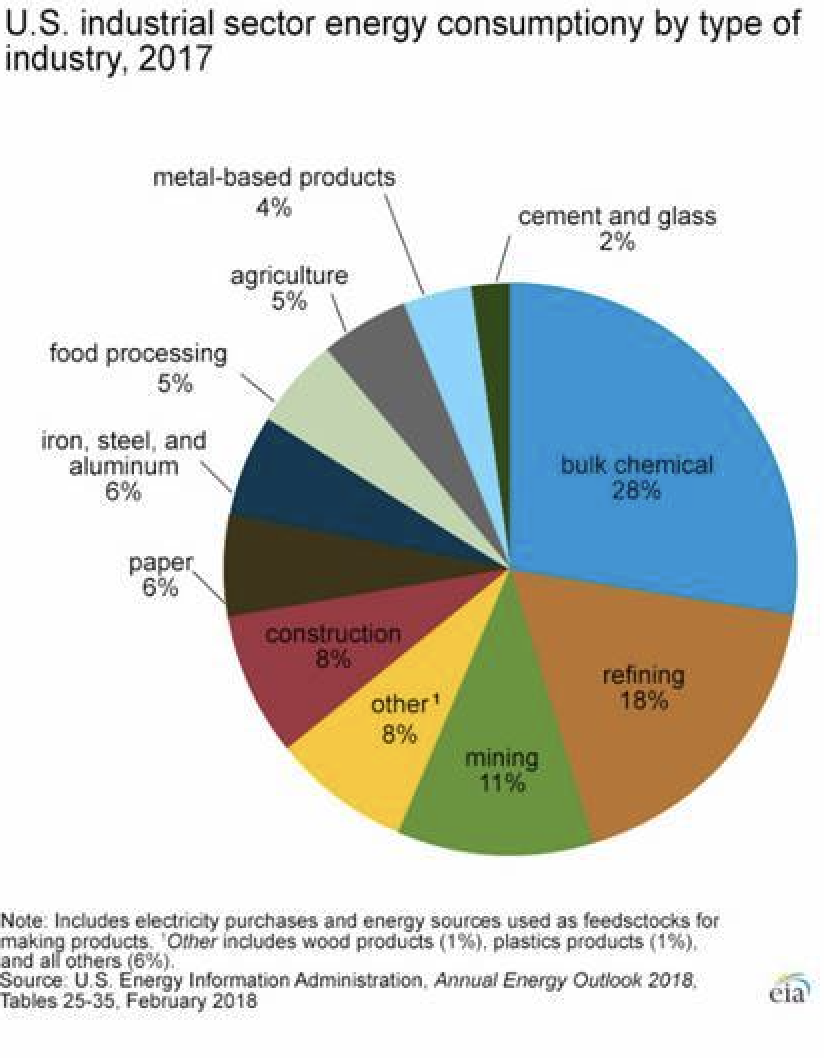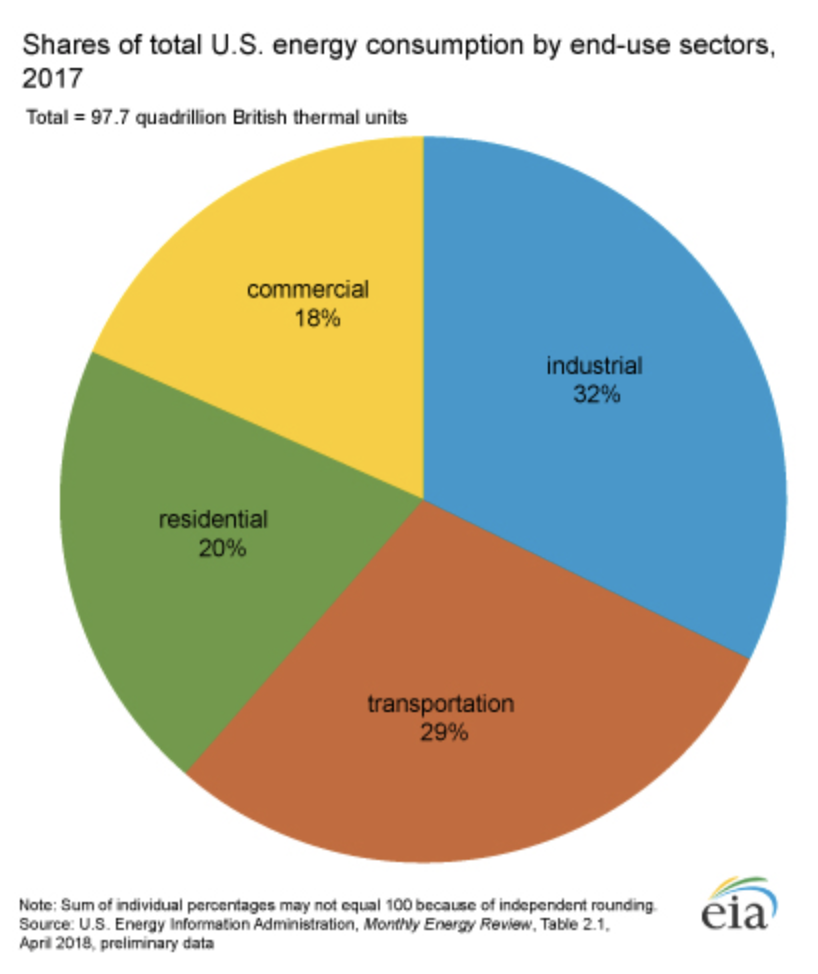Today is Earth Day, and this morning, Turner Construction made public an ambitious program that could burnish its standing as a green builder.
This three-pronged initiative starts with Turner reaffirming its commitment, made in 2004, to “build green.” Over the past 15 years, Turner has worked on more than $60 billion of green building projects. The company has 1,500 LEED-accredited employees. It now diverts, on average, 75% of jobsite waste from landfills. And three years ago, it formed a National Sustainability Committee, currently comprised of 16 people who look for innovative strategies to apply to the company’s various projects.
Turner is taking this commitment to another level today, as it will monitor the activities on certain jobsites to see where water and energy consumption can be lowered. It has selected 30 projects, across different building typologies, to participate in a pilot program that, over the next 18 months, will meter those projects on all forms of C02 emissions and water use, including onsite fuel use.
The company will compile these data through the end of 2020, it which point it hopes to have a normalized average for emissions and water use per building. Using those averages, Turner will then devise a strategy to reduce water and energy use by 50% on all of its projects by 2030. (To see images of a project being metered—the Natural Resources Agency headquarters for the California Department of General Services, in Sacramento, Calif.—go to https://app.oxblue.com/open/Turner/NNRHPROJECT)

Construction activities account for 8% of industrial sector's energy use. Turner is monitoring select jobsites to determine how they can reduce water and energy use. Image: U.S. Energy Information Administration
The company also has about 40 sustainability managers who provide technical support and guidance to its regional offices. They are “our green ambassadors,” and “eyes and ears on the ground,” says Julia Gisewite, whom Turner promoted to Director of Sustainability last September. Gisewite is spearheading the company’s initiative with Tom Gerlach, an Executive Vice President who has been with Turner Construction since 1977; and Peter Davoren, the company’s President and CEO.
The third pillar of Turner’s initiative focuses on resilience. Turner is responding to the threats from natural disasters such as flooding and fires that “are getting bigger and bigger,” and “are becoming more intense,” says Christopher McFadden, a company spokesman. He explains that Turner is now looking closer at the welfare and safety of its workers under those conditions, as well as “the range of resilience for the built environment,” with the goal being to develop ways that it can strengthen buildings’ resistance.

The built environment continues to be a massive energy user. Image: U.S. Energy Information Administration
“We want to be a voice at the table, and a stronger, better partner,” especially during preconstruction discussions with owners, developers, and AEC partners. Gisewite adds that Turner has started to insinuate resilience and resource awareness into its orientation of workers and subcontractors.
Getting back to its construction activities, Turner already has some baseline data: its annual Turner Green Zone survey, which it has conducted for the last seven years, and which guides how the company sets up its offices. That survey “has given us the confidence to move forward” with its initiative, says McFadden.
Gisewite says that some of the activities monitored will be “low-hanging fruit,” like turning off lights and equipment in jobsite trailers every night. She adds, too, that Turner is now committed to installing LEDs for those sites’ temporary lighting.
“We’re looking at what we can control,” says McFadden.
Gisewite envisions holding meetings with subcontractors and suppliers about jobsite efficiency. Nothing’s been scheduled yet, but she expects these meetings will most likely happen regionally, and some could also be project-by-project.
The Turner execs agree that technology will play a role in the company’s program. “The conversation around carbon has elevated so quickly,” she says, “and I’m most excited about the technology” that might provide answers. McFadden adds that Turner recently completed its 5th annual Innovation Summit, and that its jobsites are already using augmented and virtual reality tools to help reduce waste by using fewer materials.
He recalls that in the early 1900s, Turner Construction made a name for itself by building with steel-reinforced concrete as an alternative to lumber at a time when wood-made factories were burning down. Today, that same mentality of taking the lead is what’s driving Turner’s environmental stewardship as well as efforts to make buildings better able to withstand the ravages of nature.
“We’re asking ‘what can we be doing?’ because we should be doing more,” McFadden says.
Related Stories
Resiliency | Sep 25, 2023
National Institute of Building Sciences, Fannie Mae release roadmap for resilience
The National Institute of Building Sciences and Fannie Mae have released the Resilience Incentivization Roadmap 2.0. The document is intended to guide mitigation investment to prepare for and respond to natural disasters.
Codes and Standards | Sep 25, 2023
Modern codes, construction techniques saved structures in Maui wildfire
Modern building codes and construction techniques were effective in saving buildings from the devastating wildfire in Maui on August 9th, according to a recent report, IBHS Early Insights Lahaina Fire—2023, from the Insurance Institute for Business and Home Safety’s research division.
Mass Timber | Sep 19, 2023
Five Things Construction Specialties Learned from Shaking a 10-Story Building
Construction Specialties (CS) is the only manufacturer in the market that can claim its modular stair system can withstand 100 earthquakes. Thanks to extensive practical testing conducted this spring at the University of California San Diego (UCSD) on the tallest building ever to be seismically tested, CS has identified five significant insights that will impact all future research and development in stair solutions.
Engineers | Sep 15, 2023
NIST investigation of Champlain Towers South collapse indicates no sinkhole
Investigators from the National Institute of Standards and Technology (NIST) say they have found no evidence of underground voids on the site of the Champlain Towers South collapse, according to a new NIST report. The team of investigators have studied the site’s subsurface conditions to determine if sinkholes or excessive settling of the pile foundations might have caused the collapse.
Resiliency | Sep 11, 2023
FEMA names first communities for targeted assistance on hazards resilience
FEMA recently unveiled the initial designation of 483 census tracts that will be eligible for increased federal support to boost resilience to natural hazards and extreme weather. The action was the result of bipartisan legislation, the Community Disaster Resilience Zones Act of 2022. The law aims to help localities most at risk from the impacts of climate change to build resilience to natural hazards.
Metals | Sep 11, 2023
Best practices guide for air leakage testing for metal building systems released
The Metal Building Manufacturers Association (MBMA) released a new guidebook, Metal Building Systems - Best Practices to Comply with Whole-Building Air Leakage Testing Requirements.
Codes and Standards | Aug 31, 2023
Community-led effort aims to prevent flooding in Chicago metro region
RainReady Calumet Corridor project favors solutions that use natural and low-impact projects such as rain gardens, bioswales, natural detention basins, green alleys, and permeable pavers, to reduce the risk of damaging floods.
Sustainability | Aug 15, 2023
Carbon management platform offers free carbon emissions assessment for NYC buildings
nZero, developer of a real-time carbon accounting and management platform, is offering free carbon emissions assessments for buildings in New York City. The offer is intended to help building owners prepare for the city’s upcoming Local Law 97 reporting requirements and compliance. This law will soon assess monetary fines for buildings with emissions that are in non-compliance.
Resiliency | Aug 7, 2023
Creative ways cities are seeking to beat urban heat gain
As temperatures in many areas hit record highs this summer, cities around the world are turning to creative solutions to cope with the heat. Here are several creative ways cities are seeking to beat urban heat gain.
Products and Materials | Jul 31, 2023
Top building products for July 2023
BD+C Editors break down 15 of the top building products this month, from cleanroom doors to window storm protection systems.
















